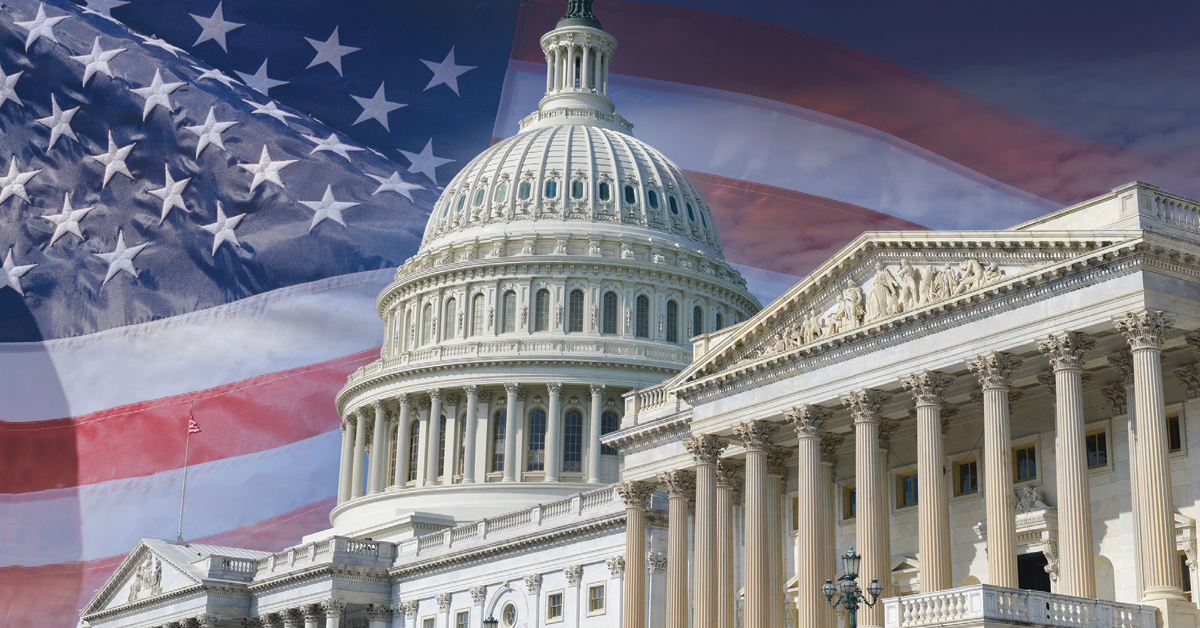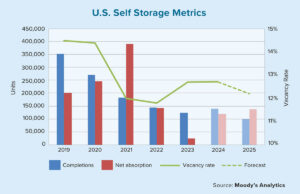John Rolfe’s arrival in colonial Virginia in the early 17th century was a turning point for the economy of today’s Atlantic Region. He obtained tobacco seeds in the Caribbean and planted them in Virginia. By 1617, colonists exported 20,000 pounds of tobacco. By 1630, that figure had swelled to 1.5 million pounds a year.
Tobacco proved vital to the Atlantic Region states of Virginia, North Carolina, South Carolina, West Virginia, Delaware and Maryland, as well as the District of Columbia. Baltimore, for instance, was built as a port to export tobacco and grain.
The crop has a troubled history in the U.S. as slaves were used to grow and harvest the plants. More recently, tobacco companies knowingly hid the product’s harmful effects. Still, the U.S. remains the world’s fourth-largest tobacco producer. According to a 2017 U.S. Department of Agriculture report, North Carolina ranked No. 4 in the nation for tobacco sales, followed by Virginia (No. 8) and South Carolina (No. 10). West Virginia and Maryland tied for 15th.
The region, however, has diversified beyond its agricultural roots. Delaware relies heavily on chemical manufacturing. DuPont, one of the world’s largest chemical companies, is based in the state. And Delaware’s main economic driver is finance and insurance.
 Maryland, Virginia and Washington, D.C. benefit heavily from the federal government. More than 15% of all federal employees — about 280,000 workers — are based in the Chesapeake Bay area. The region also is getting a boost as Amazon is locating its second headquarters, or HQ2, in Northern Virginia. West Virginia is heavily dependent on resource extraction, which is why the long decline of coal use in the U.S. has been so troublesome for the state.
Maryland, Virginia and Washington, D.C. benefit heavily from the federal government. More than 15% of all federal employees — about 280,000 workers — are based in the Chesapeake Bay area. The region also is getting a boost as Amazon is locating its second headquarters, or HQ2, in Northern Virginia. West Virginia is heavily dependent on resource extraction, which is why the long decline of coal use in the U.S. has been so troublesome for the state.
North Carolina can brag about a wide range of industries that call the state home, from banking and food processing to biotechnology and pharmaceuticals. These business sectors are bolstered by the Research Triangle Park, a planned research center created in the 1950s that is anchored to North Carolina State University, Duke University and North Carolina University at Chapel Hill.
South Carolina has developed into a major manufacturing hub. Boeing opened its 787 Dreamliner plant in the Palmetto State in 2011. Car manufacturers have invested heavily in the state, including a $1 billion Volvo plant and a $500 million Mercedes-Benz Vans plant. South Carolina leads the nation in producing and exporting tires, churning out about 110,000 per day.
Three of these states feature a heavy military presence. Virginia ranked No. 3 in the nation with 115,280 active-duty and reserve military personnel as of September 2017. North Carolina ranked No. 4 with 112,951 and South Carolina was No. 8 with 55,369.
Atlantic Home Values
 Median home values varied widely in the Atlantic Region as of September 2020, from $326,553 in Maryland to $108,333 in West Virginia, according to Zillow. The Washington, D.C., metro area had home values of $641,121 at that time. West Virginia, North Carolina and South Carolina each had typical values below the U.S. median of $259,906.
Median home values varied widely in the Atlantic Region as of September 2020, from $326,553 in Maryland to $108,333 in West Virginia, according to Zillow. The Washington, D.C., metro area had home values of $641,121 at that time. West Virginia, North Carolina and South Carolina each had typical values below the U.S. median of $259,906.
In light of the COVID-19 pandemic, homebuyers in this region were eschewing condominiums for single-family homes with more space, according to a survey released in June 2020 by Bright Multiple Listing Service. The 1,100 real estate professionals surveyed in the region expected a busy homebuying season in the late summer and fall of this year.
Although U.S. foreclosure rates were headed down this past summer, South Carolina and Delaware posted the highest foreclosure rates in the nation as of July 2020, according to Attom Data Solutions. Nationwide, one in every 15,337 housing units had a foreclosure filing at that time. The number jumped to one in 6,489 in Delaware, and to one in 7,328 in South Carolina.
Focus: Shipbuilding
America once dominated the global commercial shipbuilding market, but the industry has been on the decline for decades. The Reagan administration ended subsidies for shipbuilders in 1981 without getting reciprocal agreements from other shipbuilding countries in what Forbes called a “fit of free-market exuberance.” This, along with the high cost of manufacturing in the U.S., crippled commercial shipbuilders.
In 1975, American companies built more than 70 large commercial vessels. By 2000, that was down to less than 20. Today, China, South Korea and Japan build 90% of the world’s commercial ships, according to The New York Times. The U.S. accounts for less than 1% of commercial shipbuilding activity.
Still, shipyards in Virginia and South Carolina build and repair naval ships, as well as smaller ships. Newport News Shipbuilding is the nation’s sole builder of nuclear-powered aircraft carriers and is one of only two U.S. shipyards capable of building nuclear-powered submarines. It is Virginia’s largest industrial employer with more than 26,000 workers.
What the locals say
“Loudoun County (Virginia, outside Washington, D.C.) is my specialty, which is actually the wealthiest county in the United States. The market is really on fire. They can’t build houses fast enough. The government always keeps the housing market afloat with all the jobs. Then Amazon coming here is big. It is a beautiful place to live. There’s a lot of wineries and breweries that are popping up. We have four seasons. And our housing is still relatively affordable. My average loan size is only $425,000.”

Kristi Hardy
Vice president and senior loan officer, Atlantic Coast Mortgage
3 Cities to Watch
Baltimore
Nicknamed “Charm City,” Baltimore this year saw its population fall below 600,000 people for the first time in a century. The metro area measures close to 2.8 million and has been growing over the past decade. The largest employers in the city are John Hopkins University (25,000 workers) and John Hopkins Hospital & Health System (19,340). Both are named after the Maryland philanthropist, entrepreneur and abolitionist with Quaker roots. The median household income is $48,840.
Charlotte
The largest city in North Carolina keeps attracting new residents. Last year, nearly 44,000 people — or about 120 people a day — moved to Charlotte, pushing the metro-area population up to 2.6 million people. Charlotte keeps swapping places with San Francisco as the nation’s second-largest banking center, based on the value of loans and other assets held by the banks headquartered in each city. (New York is No. 1.) The median household income is $60,886.
Charleston
The state capital of West Virginia bills itself as the cultural, recreational and business capital of the Appalachian Mountains. The city of 46,500 is at the confluence of the Elk and Kanawha rivers. Local, state and federal governments employ nearly 28,000 in the city and surrounding area. Major private employers include Toyota Motor Manufacturing (1,300 workers), Frontier Communications (1,250) and Dow Chemical (400). The median household income is $41,701.
Sources: Attom Data Solutions; Baltimore Sun; Boeing; Bright Multiple Listing Service; Britannica.com; Business Facilities Magazine; Centers for Disease Control; Charlotte Business Journal; Charlotte Observer; Delaware Department of Agriculture; Forbes; Huntington Ingalls Industries; John Hopkins University; Maryland Department of Commerce; North Carolina Department of Commerce; South Carolina Department of Commerce; The New York Times; Truth Initiative; U.S. Bureau of Labor Statistics; U.S. Census Bureau; U.S. Department of Agriculture; U.S. News & World Report; U.S. Office of Personnel Management; World Atlas; Zillow





